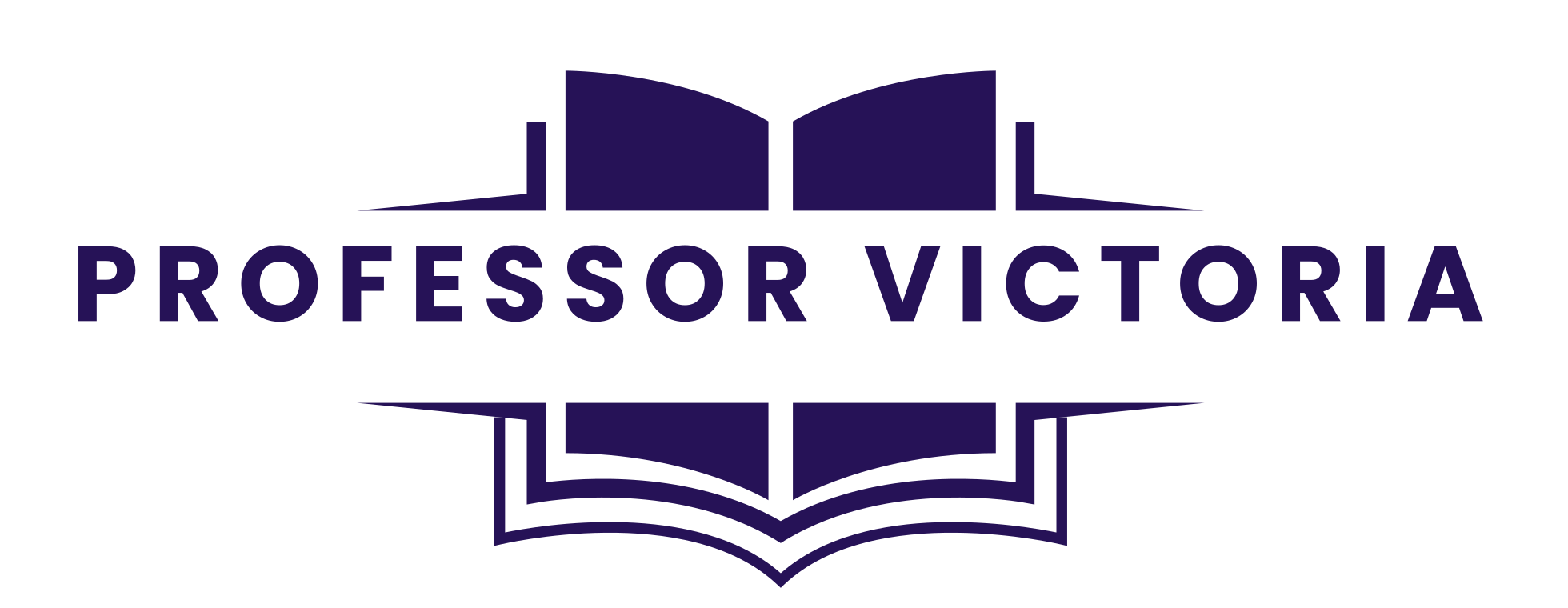Have you ever read something that felt like it wasn’t meant for you? Maybe it was too technical, too casual, or just didn’t make sense. That’s why understanding your audience is essential—so your message connects the way you intend. Identifying your audience ensures that your writing is well-received and understood.
Factors to Consider When Determining Your Audience:
Reading Level
Your writing should match the education level of your readers. If you are writing for a general audience, aim for a grade 9 reading level to ensure broad accessibility. If your audience is highly educated, such as academics or professionals, you can write at a more advanced level. However, clear and simple language is often the best approach for most purposes.
Employment Background
Different professions use different terminology and jargon. For example, a doctor may not understand investing terminology, just as a computer programmer may not be familiar with medical jargon. Likewise, computer programmers often use abbreviations like HTML, SQL, and API. If writing for a general audience, you should define these terms the first time they appear to ensure clarity. Make sure your language matches the background knowledge of your readers.
Cultural Sensitivity
Every culture has its own communication style. Some cultures, like those in Japan and China, are hierarchical, meaning employees typically wait for instructions before taking action. In contrast, egalitarian cultures, such as those in Canada, Australia, and the UK, encourage employees to take initiative. These cultural differences also affect writing style—some cultures prefer direct, assertive communication, while others value indirect, polite phrasing. Being aware of these differences helps avoid misunderstandings and fosters effective communication.
Income and Lifestyle
Consider the lifestyle and financial realities of your readers. Is your message relatable to their daily lives? If your audience is struggling to make ends meet, it may be more effective to focus on practical, accessible advice rather than luxury scenarios. Be mindful of your readers’ circumstances and tailor your writing to resonate with their current realities and aspirations.
Age Considerations
Every generation has different values and perspectives, shaped by the historical events they’ve lived through. These experiences influence how they communicate and interpret messages. Additionally, technology use varies by age—while younger generations may prefer digital communication, older audiences may be more comfortable with traditional formats like emails or printed materials. Adjusting your message to fit generational preferences can improve engagement and understanding.
Understanding your audience is the foundation of clear, impactful communication. By tailoring your message to their background, needs, and preferences, you ensure that your words don’t just get read—they get understood.
In the field of marketing, companies develop “personas” for their ideal clients or customers. This involves analyzing behaviours, demographics, and sociographics to better understand their audience. In workplace communication, employees can be segmented by department, location, and the type of information they require to do their jobs.
While you don’t need to do this for every e-mail or newsletter article, it’s useful to pause and consider how your message might be interpreted. If you regularly communicate with a large audience, going through this exercise ensures your messages are as effective as possible.
Read more about how to develop marketing personas here and employee personas here.
